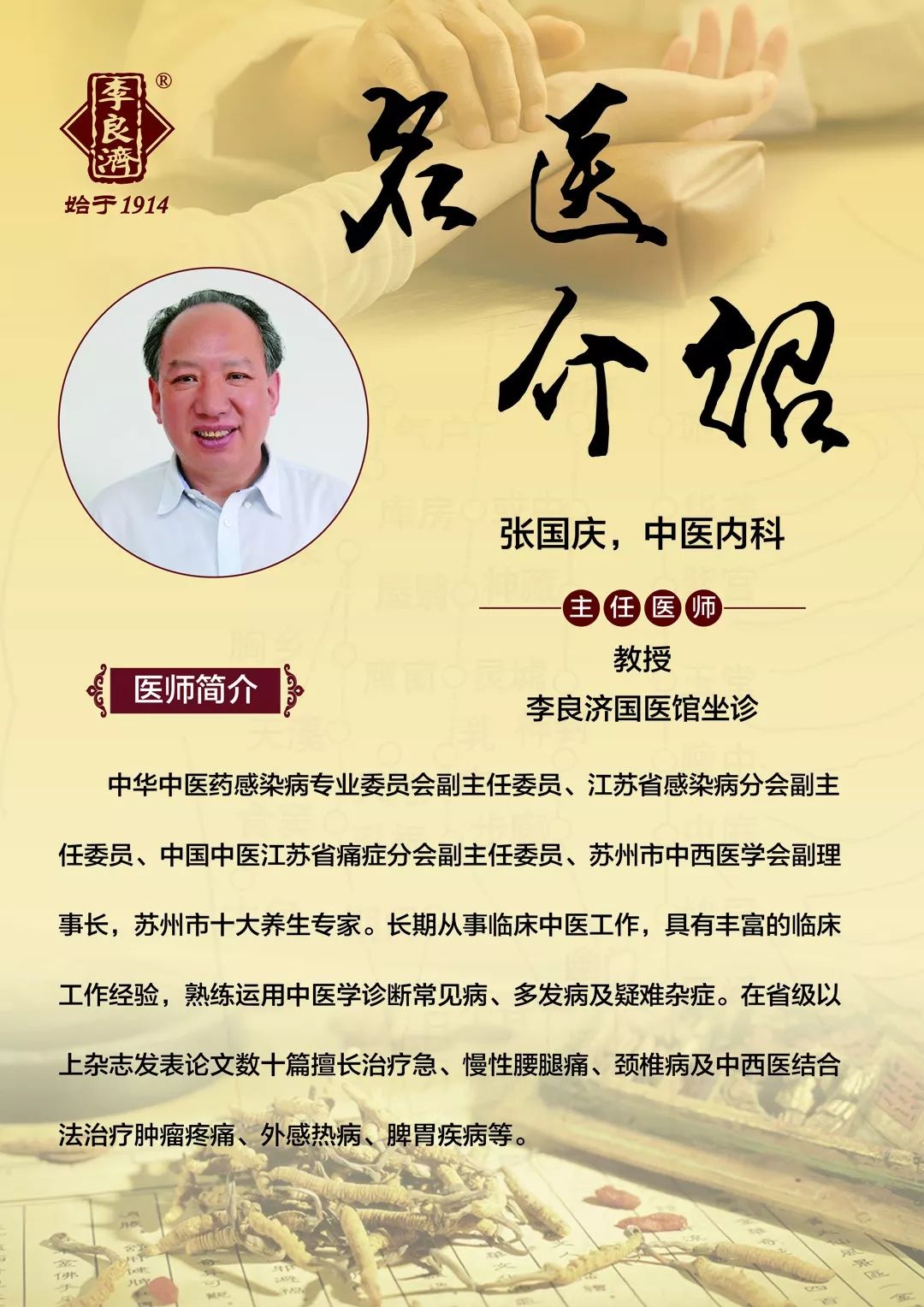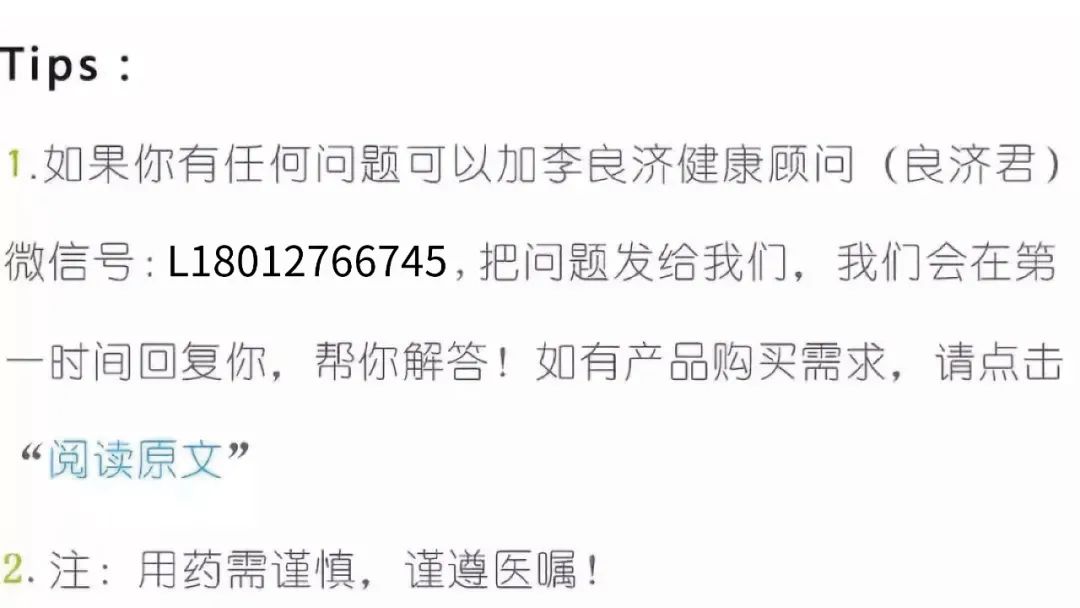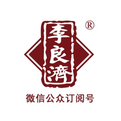
Yin deficiency constitution refers to a condition where the functions of the organs are disordered, leading to insufficient Yin fluids in the body. Common manifestations include a lean physique, flushed cheeks, hot palms and soles, a preference for cold foods or drinks, a desire to drink water but still feeling dry in the mouth and throat; a general sensation of dryness and heat, fear of heat, frequent constipation or dry stools, and reduced, yellowish urine. Individuals with Yin deficiency tend to be irritable and easily angered, but understanding the correct regulation methods can alleviate the symptoms of Yin deficiency.
How to Determine Yin Deficiency Constitution
1. Personality Traits
Individuals with Yin deficiency are often extroverted, easily excited and agitated, speaking loudly and quickly. They are usually enthusiastic, lively, and restless, enjoying organizing activities. Those with severe Yin deficiency symptoms may become easily anxious and irritable when faced with unpleasant situations, often lacking calmness in problem-solving.
2. Physical Characteristics
Physically, individuals with Yin deficiency tend to be thin and appear quite lean.
3. Facial Features
People with Yin deficiency often have a reddish complexion, but this redness is not the healthy, natural kind; rather, it is characterized by particularly red cheekbones, resembling makeup. This phenomenon, described in TCM as having a “false makeup” appearance, is indicative of Yin deficiency. The tongue is often bright red or pale red, with a thin white coating or little to no coating.
Symptoms of Yin Deficiency in Women
1. Appearance of Chloasma
Insufficient kidney Yin fails to nourish the skin, often resulting in butterfly-shaped pale yellow, brown, or light black spots on the cheeks, with clear boundaries, frequently accompanied by menstrual irregularities.
2. Dark Circles
In TCM, black represents the kidneys; thus, dark circles indicate kidney deficiency. Moreover, not only kidney deficiency but also other organ issues can accumulate over time, affecting the normal function of the kidneys, leading to a weakened body and subsequently dark circles.
3. Menstrual Irregularities
TCM believes that sufficient kidney Qi is necessary for the regulation of Qi and blood. Normal functioning of the Chong and Ren meridians is essential for a regular menstrual cycle; therefore, insufficient kidney Qi is a significant cause of menstrual irregularities. Symptoms associated with kidney deficiency often include dizziness, fatigue, weakness in the lower back and legs, and abdominal bloating or pain.
How to Regulate Yin Deficiency
1. Dietary Aspects
Avoid foods that harm Yin, such as warming, drying, spicy, and rich foods; fried or stir-fried foods.
The cooking methods of food also have an impact; for example, using methods like braising, steaming, boiling, or stewing makes it less likely to generate heat. If food is fried or stir-fried, even if the food itself is not inherently hot, the cooking method can change its nature, potentially causing heat, harming Yin, and leading to dryness and heat. Therefore, frying and grilling are particularly unsuitable for individuals with Yin deficiency.
2. Daily Routine and Sleep
Maintain a regular daily routine, with a quiet living environment. Avoid tea, exercise, and gaming before bed. Go to bed early and rise early, ensuring a certain amount of rest during the day. Avoid staying up late, intense exercise, and working in high temperatures. Moderation in sexual activity is advised. Refrain from smoking and drinking to prevent heat toxins from harming Yin.
3. Physical Exercise
Engage in moderate-intensity, intermittent physical activities, such as Tai Chi, Tai Chi sword, or Qigong, which combine movement and stillness. Control sweating during exercise and replenish fluids in a timely manner. For those with very dry skin, swimming is beneficial. Avoid saunas.
How to Supplement Yin through Diet
1. Tremella (Yin Er)
Has the effect of nourishing Yin, benefiting the stomach, and generating fluids to moisten dryness. Tremella is rich in gelatin, various vitamins, and 17 amino acids, polysaccharides, and proteins, making it a commonly used tonic food, especially suitable for those with lung Yin deficiency and stomach Yin deficiency.
2. Pear
Has the effects of generating fluids, moistening dryness, and clearing heat, making it ideal for lung Yin deficiency or those with Yin damage after a febrile illness. According to the “Bencao Tongxuan”: “The ripe ones nourish the Yin of the five organs.” The “Chongqing Tang Suibi” states: “For warm-dry diseases and Yin deficiency with excessive heat, juicing and drinking it is effective immediately.
3. Duck Meat
Can nourish Yin and benefit the stomach. According to the “Bencao Hui”: “Nourishes Yin and eliminates steaming.” The “Sui Xi Ju Yin Shi Pu” states: “Nourishes the Yin of the five organs, clears the heat of deficiency, and generates fluids for the stomach.” It is commonly believed that duck is the ideal tonic food, especially suitable for those with Yin deficiency.

Consultation Hours
Li Liangji Traditional Chinese Medicine Clinic (Heshan Branch): Thursday morning
Appointment Phone: 0512-65365158
Address: South Gate of Times Garden, Heshan Road, Suzhou High-tech Zone

We hope you find something you love here ♥

